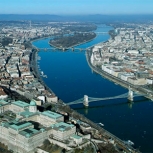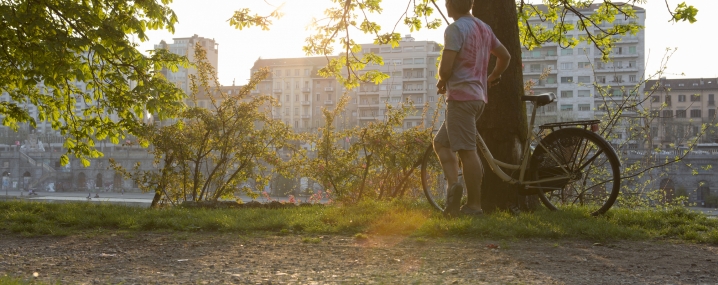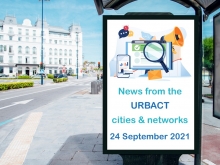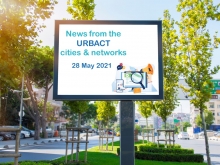
Budapest
The capital of Hungary is one of the largest cities in the European Union, with a population of around 1.75 million and some 3.3 million in the wider metropolitan area. Located on the banks of the River Danube, it has a prosperous history as the second city of the Austro-Hungarian Empire. Today, Budapest is growing rapidly and is predicted to show a 10% rise between 2005 and 2030. It has one of the highest population densities in Europe. In 2011, 4.4% of city residents were foreigners. Thanks to the capital’s thriving economy, its unemployment rate is far lower than in the rest of Hungary at only 2.7%. There is also a vast student population of some 400,000 attending the capital’s 18 universities and business schools.
The capital has made a successful transition from its manufacturing past in the communist era to become a financial hub of central Europe. It is a major centre of banking and finance, retailing, transportation, new and traditional media, culture and fashion, as well as many other service industries. It has many IT start-up companies and was chosen as the headquarters of the EU’s European Institute of Innovation and Technology.
Budapest is recognised as one of the most beautiful cities in Europe, and tourism is another major pillar of the capital’s economy. The city attracts some 4.3 million tourists a year. The area of the Danube embankments in Buda and Pest, along with the Buda Castle district and Heroes’ Square, are main features of an extensive UNESCO World Heritage Site.
Divided into 23 districts, each city district has their own municipal government, run by elected members. The partner in Transfer Network Tropa Verde is District 14, known as “Zugló”. Located on the “Pest” (east) side of Budapest, Zugló is a relatively large area, covering some 18,13 km2, that counts with some 115.000 inhabitants. Its good location within the city, with good connections by bus or subway, and its mixture of residential streets with more popular apartments (many of them of communist era style) makes it an attractive area to live for both, middle and working-class people. In waste management the competences of Zugló, as a district, is very limited. A 100% publicly owned company, FKF (belonging to the City of Budapest) is responsible for all the waste management. Participating in Tropa Verde Zugló might contribute to open some internal dialogue and promote alternative solutions and a major collaboration between districts municipalities and FKF and might involve more and more citizens to extend recycling.
SOME RELATED NETWORKS
VITAL CITIES
Roma-Net
Article
Covid walks, societal change, and rethinking public spaces
News
News from our cities and networks – 24 September 2021
News
News from our cities and networks – 28 May 2021
News
News from our networks – 16 April 2021
News







